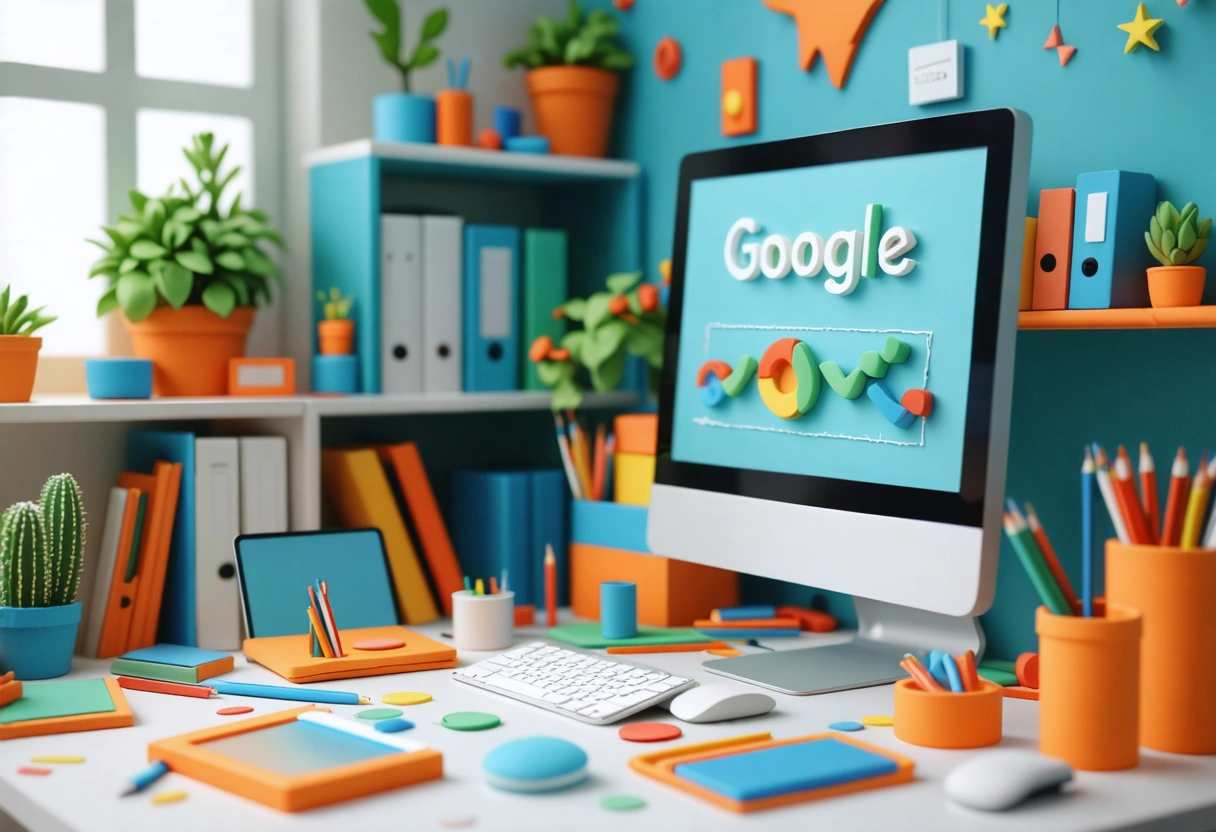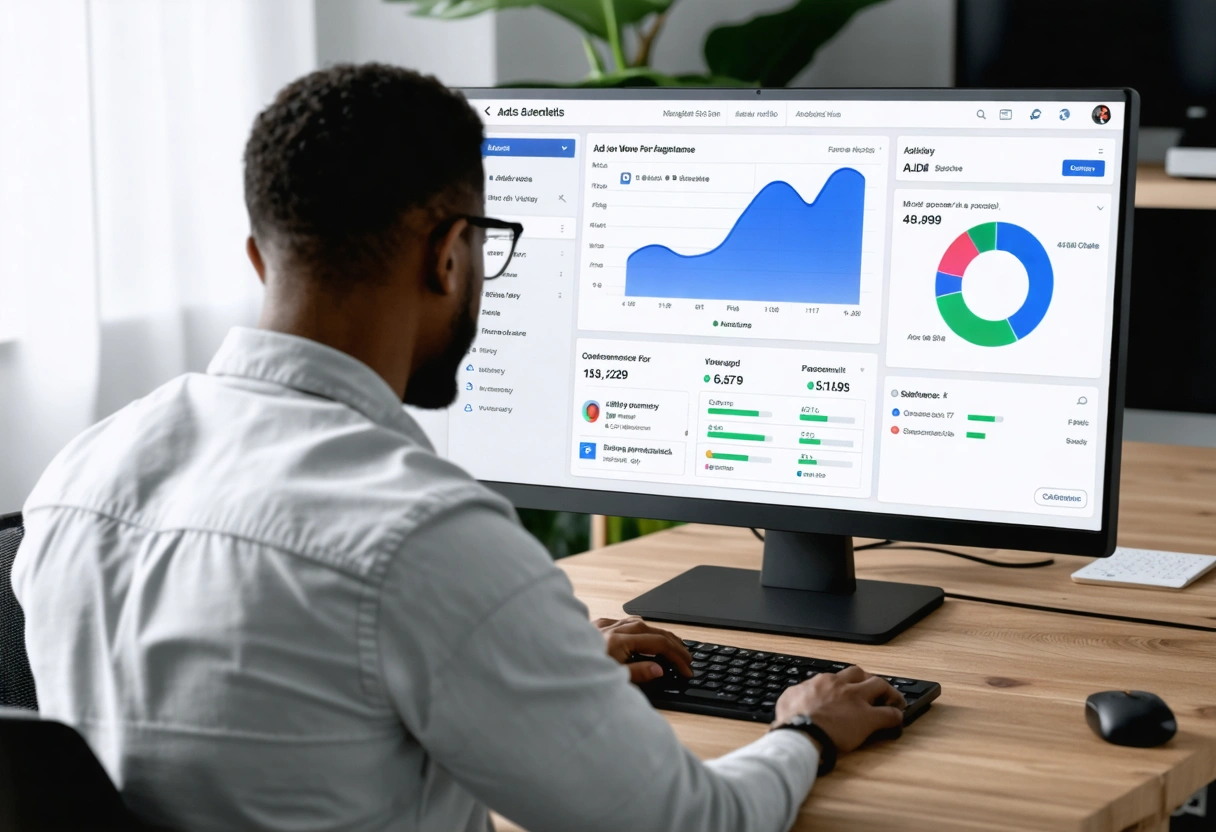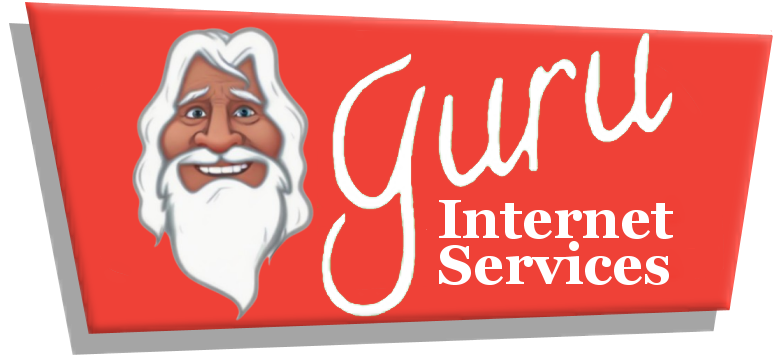Mastering SEO in 2025: How to Leverage Google and Facebook Ads for Increased Visibility
As the digital landscape continues to evolve, mastering SEO in 2025 presents new challenges and opportunities. The convergence of organic search with paid advertising on platforms like Google and Facebook offers businesses unprecedented potential to enhance their visibility. Understanding how to integrate these tools will be crucial for maintaining a competitive edge. This article explores the strategies and techniques necessary to leverage Google and Facebook Ads effectively, ensuring increased visibility and higher engagement.
The Evolving Landscape of SEO
SEO is not just about on-page optimization; it is a dynamic field that requires constant adaptation to changing algorithms and search behaviors. With the rise of AI and machine learning, search engines are becoming more sophisticated in understanding user intent. This means that businesses must focus on providing relevant and high-quality content that satisfies user queries.
In 2025, SEO will also emphasize the importance of user experience, with search engines prioritizing websites that offer fast loading times, mobile responsiveness, and secure connections. By staying updated with these trends, businesses can ensure they remain visible in search results.
Integrating Google Ads for Enhanced SEO
Google Ads provides an effective way to complement your SEO efforts. While organic search takes time to build, Google Ads offers instant visibility, allowing businesses to target specific keywords and reach potential customers quickly. By strategically combining SEO and Google Ads, businesses can dominate search results and drive more traffic to their websites.
One effective strategy is to target high-competition keywords with Google Ads while focusing on long-tail keywords for organic search. This approach ensures that you capture search traffic from both paid and organic sources. Additionally, analyzing the performance of your Google Ads campaigns can provide insights into which keywords convert best, allowing you to refine your SEO strategy accordingly.
 Search Engine Journal’s article provides an in-depth comparison of PPC and SEO, highlighting how businesses can benefit from integrating both strategies.
Search Engine Journal’s article provides an in-depth comparison of PPC and SEO, highlighting how businesses can benefit from integrating both strategies.
Optimizing Google Ads for Better ROI
To maximize the return on investment (ROI) from Google Ads, it’s essential to optimize your campaigns continuously. Start by conducting thorough keyword research to identify terms that are both relevant and have high search intent. Utilize the Google Keyword Planner to discover new opportunities and refine your ad targeting.
Ad copy is another critical component of a successful Google Ads campaign. Crafting compelling and relevant ad copy that aligns with user queries can significantly increase your click-through rate (CTR). Additionally, using ad extensions, such as site links and callouts, can enhance your ads’ visibility and provide users with more information.
Moz’s Beginner’s Guide to SEO offers valuable insights into optimizing your digital marketing strategies, including how to effectively use Google Ads.
Leveraging Facebook Ads for Broader Reach
Facebook Ads represent another powerful tool for increasing your online visibility. With over 2.9 billion monthly active users, Facebook provides a vast audience for businesses to tap into. By using Facebook’s advanced targeting options, you can reach specific demographics, interests, and behaviors, ensuring your ads are seen by the right people.
Creating engaging and visually appealing ads is crucial for capturing the attention of Facebook users. Utilize Facebook’s various ad formats, such as carousel ads and video ads, to showcase your products or services in a dynamic way. Additionally, testing different ad creatives and targeting options allows you to optimize your campaigns for better performance.
WordStream’s guide on Facebook ad targeting is an excellent resource for understanding how to reach your ideal audience on this platform.

Integrating Facebook Ads with SEO Efforts
Integrating Facebook Ads with your SEO strategy can yield significant benefits. By driving traffic to optimized landing pages, you can increase your website’s authority and improve its search rankings. Additionally, Facebook Ads can be used to promote content that supports your SEO efforts, such as blog posts and infographics.
Retargeting is another effective strategy for combining Facebook Ads with SEO. By retargeting users who have visited your website through Facebook Ads, you can re-engage potential customers and guide them further down the sales funnel. This approach not only increases conversions but also strengthens your brand’s presence online.
Neil Patel’s blog on Facebook retargeting provides a comprehensive overview of how to implement this strategy effectively.
Measuring Success and Adjusting Strategies
To ensure the success of your SEO and advertising efforts, it’s essential to measure their performance regularly. Use analytics tools, such as Google Analytics and Facebook Insights, to track key metrics like traffic, conversions, and engagement. By analyzing this data, you can identify areas for improvement and adjust your strategies accordingly.
Setting clear goals and KPIs (Key Performance Indicators) is crucial for measuring success. Whether it’s increasing website traffic, boosting conversions, or improving brand awareness, having specific objectives will guide your efforts and provide a benchmark for evaluating your campaigns’ effectiveness.
HubSpot’s marketing statistics offer valuable benchmarks to help set realistic goals for your SEO and advertising efforts.
Adapting to Algorithm Changes

Search engines and social media platforms frequently update their algorithms, affecting how content is ranked and displayed. Staying informed about these changes and adapting your strategies accordingly is vital for maintaining visibility. Subscribing to industry newsletters and participating in SEO forums can provide insights into upcoming changes and trends.
Continuous learning and experimentation are key to staying ahead in the ever-changing digital landscape. By being proactive and open to new strategies, businesses can adapt to algorithm changes and continue to achieve their SEO and advertising goals.
Search Engine Land’s archive on Google algorithm updates is an invaluable resource for staying updated with the latest changes.
Takeaways
Mastering SEO in 2025 requires a holistic approach that combines both organic and paid strategies. By leveraging Google and Facebook Ads, businesses can enhance their visibility, reach a broader audience, and achieve their marketing goals. Understanding the intricacies of these platforms and continuously optimizing your campaigns will be key to staying competitive in the digital landscape.
As we move forward, businesses must remain agile, adapting to new trends and technologies to maintain a strong online presence. By integrating the techniques discussed in this article, you can harness the power of Google and Facebook Ads to drive traffic, increase conversions, and ultimately achieve long-term success in the digital world.
Embracing Advanced Targeting Techniques
As technology advances, so does the capability of ad targeting. In 2025, businesses can take advantage of sophisticated targeting methods offered by platforms like Google and Facebook. These methods go beyond basic demographic and geographic targeting, delving into psychographic and behavioral targeting, which allows businesses to reach users based on their interests, lifestyle, and online behaviors.

Google’s machine learning capabilities can predict user intent based on past search history, enabling businesses to deliver more personalized ad experiences. Similarly, Facebook’s custom audiences and lookalike audiences allow advertisers to refine their targeting strategies by reaching users similar to their existing customer base. This level of personalization not only increases the relevance of ads but also enhances the likelihood of conversion.
Forbes’ insights on digital marketing evolution offer a glimpse into how targeting techniques will continue to evolve in the coming years.
Understanding Cross-Platform Integration
In the digital age, consumers interact with brands across multiple platforms. To maximize visibility and engagement, businesses need to ensure a seamless experience across these platforms. Cross-platform integration involves coordinating your SEO and advertising efforts to provide a consistent message and experience, regardless of where a user encounters your brand.
By integrating Google and Facebook Ads, businesses can create a cohesive strategy that reinforces their message across search results and social media feeds. For example, a user who clicks on a Google ad might later see a related Facebook ad, reminding them of the brand and encouraging further engagement. This integrated approach not only enhances brand recall but also increases the chances of conversion as users see consistent messaging throughout their online journey.
Shopify’s guide on cross-channel marketing provides actionable insights into how to effectively manage and integrate efforts across different platforms.
Utilizing Data-Driven Decision Making
The abundance of data available today enables businesses to make informed decisions about their SEO and advertising strategies. By analyzing data from Google and Facebook Ads, businesses can identify trends, track performance, and optimize their campaigns for better results. This data-driven approach ensures that resources are allocated efficiently and that strategies are continuously refined for maximum impact.
Tools like Google Analytics and Facebook Insights provide comprehensive data about user behavior, ad performance, and audience demographics. By leveraging these tools, businesses can gain a deeper understanding of their target audience and tailor their strategies to meet their needs. Additionally, A/B testing can be employed to test different ad creatives and landing pages, providing valuable insights into what resonates with your audience.
Digital Marketing Institute’s article on data-driven marketing is an excellent resource for learning how to harness data effectively in your marketing efforts.
Future-Proofing Your SEO and Advertising Strategy

As the digital landscape continues to evolve, future-proofing your SEO and advertising strategy is essential for long-term success. This involves staying informed about emerging trends, technologies, and changes in consumer behavior. By anticipating these changes and adapting your strategies accordingly, you can maintain a competitive edge in the market.
One key area to watch is the rise of voice search and artificial intelligence. As more consumers use voice-activated devices, optimizing for voice search will become increasingly important. This means focusing on natural language queries and providing concise, relevant answers that match user intent. Additionally, AI-driven tools and platforms will continue to shape the way businesses approach advertising, offering new opportunities for personalization and automation.
Think with Google’s insights on the future of search provide valuable perspectives on how businesses can prepare for these upcoming changes.
Building a Resilient Digital Presence
Building a resilient digital presence involves more than just keeping up with trends; it requires a holistic approach that encompasses brand identity, customer engagement, and continuous innovation. By fostering a strong brand identity and delivering exceptional customer experiences, businesses can build trust and loyalty among their audience.
Engaging with customers through multiple touchpoints, such as social media, email marketing, and content marketing, helps to create a well-rounded digital presence. By consistently delivering value and addressing customer needs, businesses can strengthen their relationship with their audience and encourage repeat engagement.
In conclusion, mastering SEO in 2025 requires a multifaceted approach that integrates both organic and paid strategies. By leveraging Google and Facebook Ads, businesses can enhance their visibility and reach a broader audience. Embracing advanced targeting techniques, cross-platform integration, and data-driven decision-making will be key to achieving success in the digital landscape. As technology continues to evolve, staying informed and adaptable will ensure that your business remains competitive and poised for growth.
Need help with Mastering SEO in 2025: How to Leverage Google and Facebook Ads for Increased Visibility?


